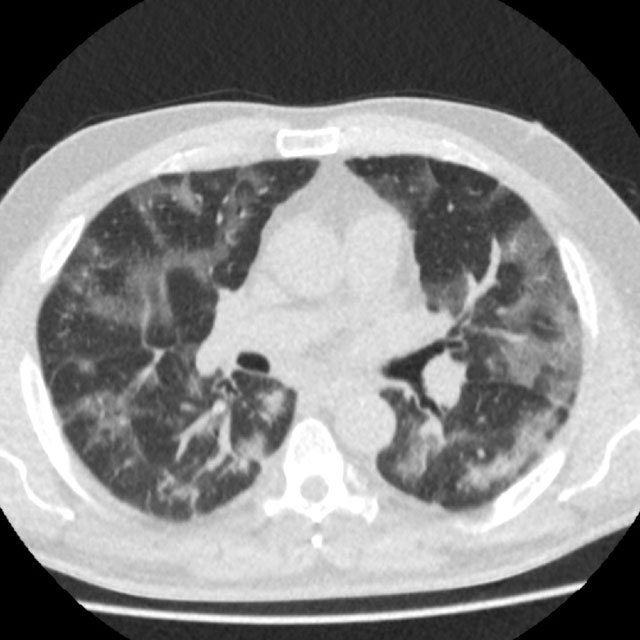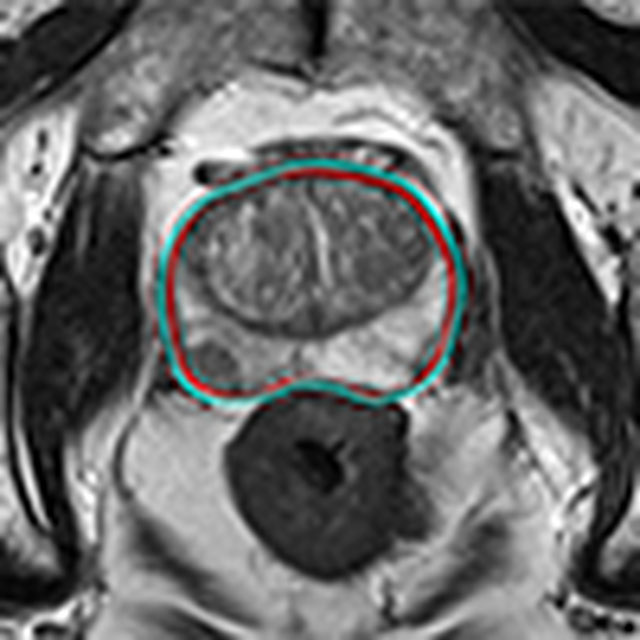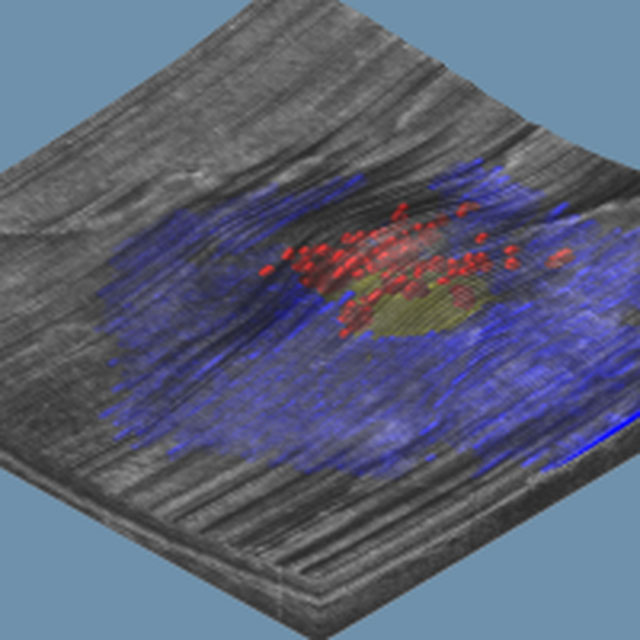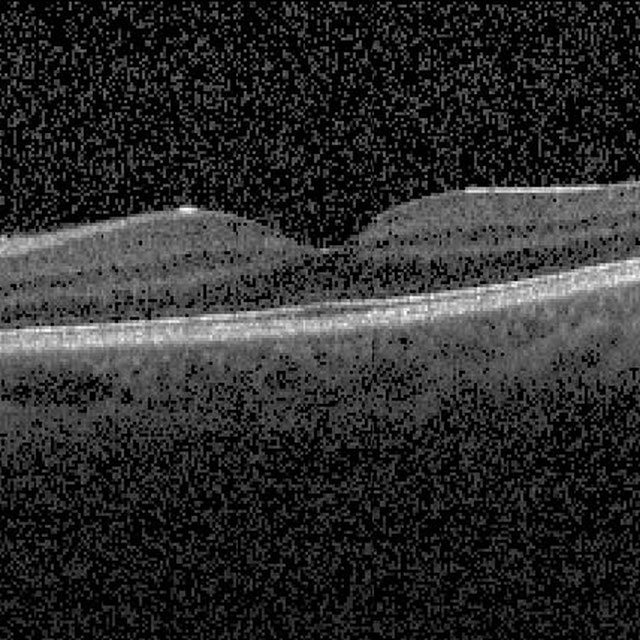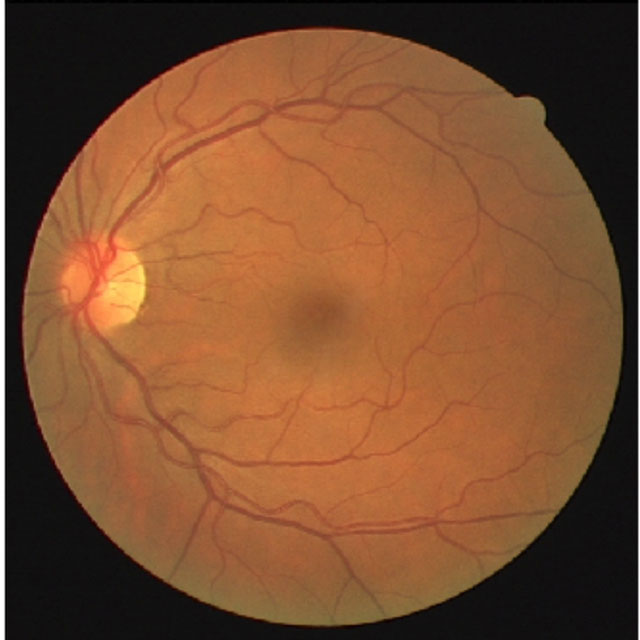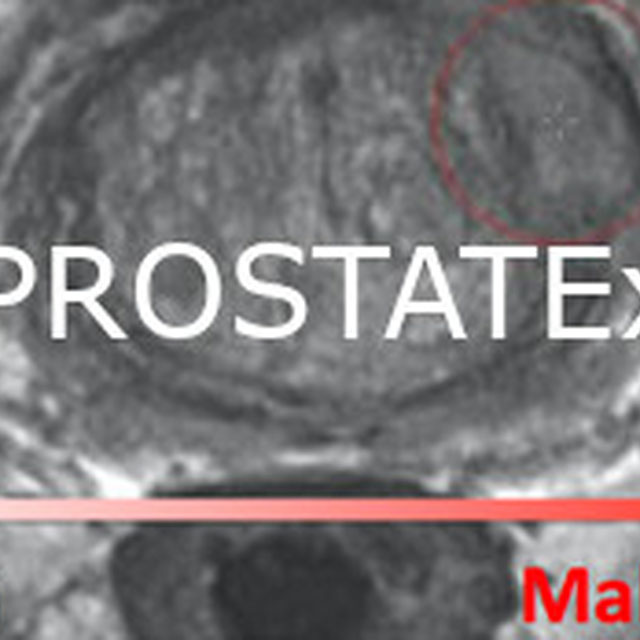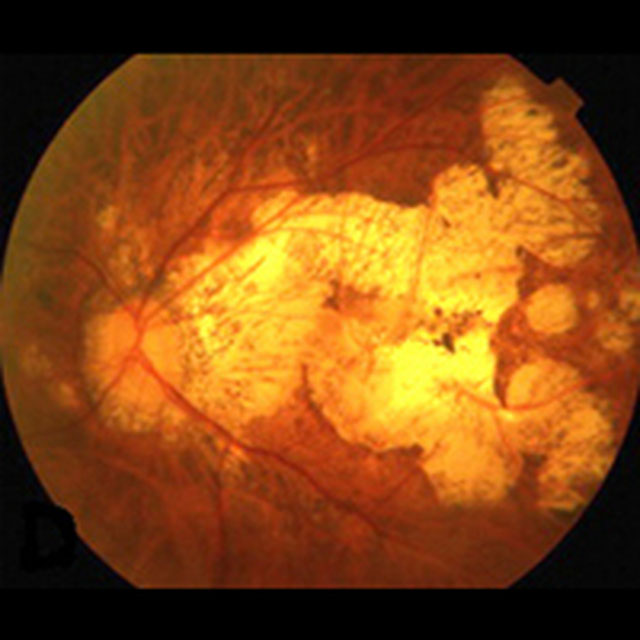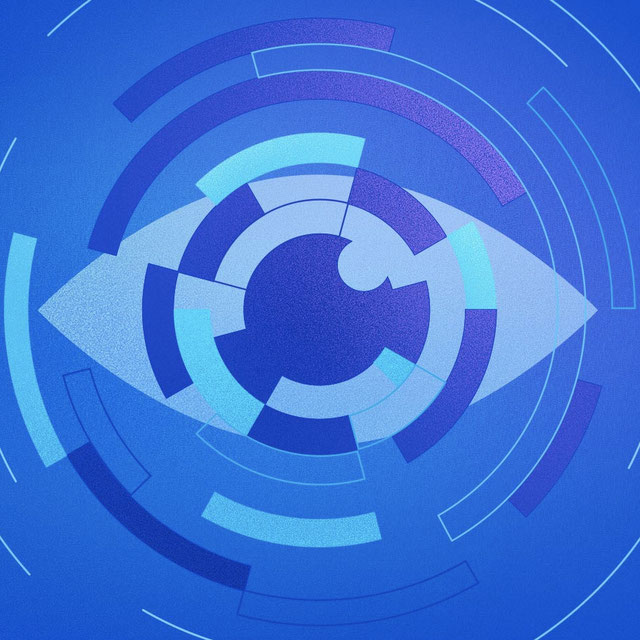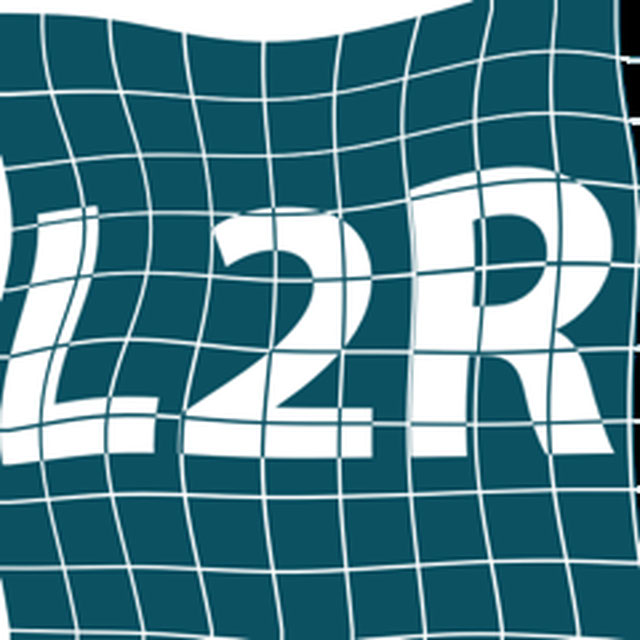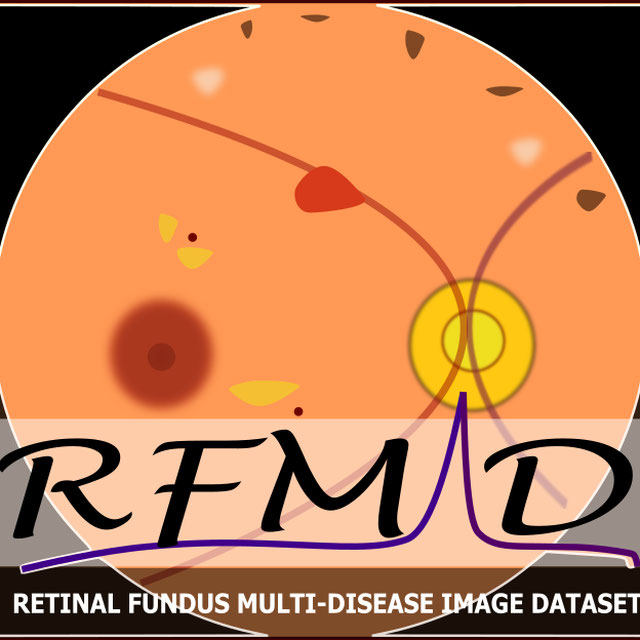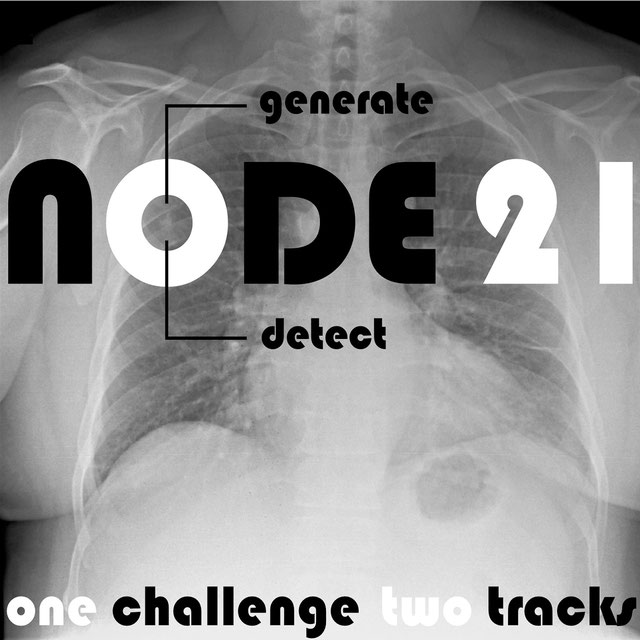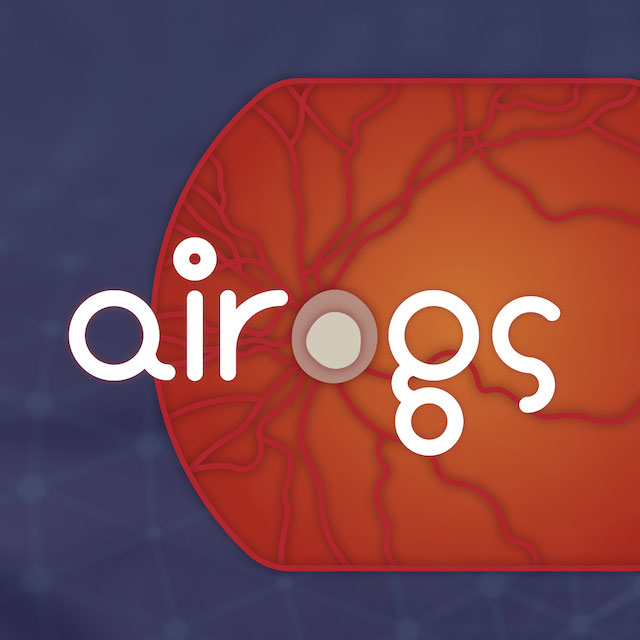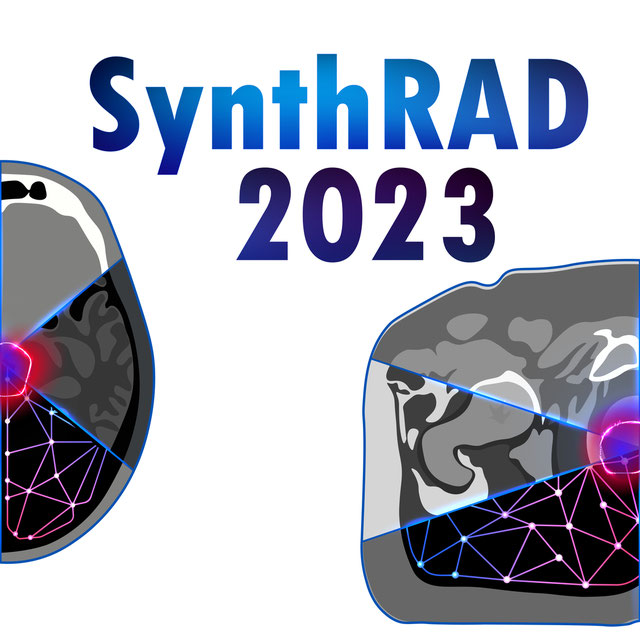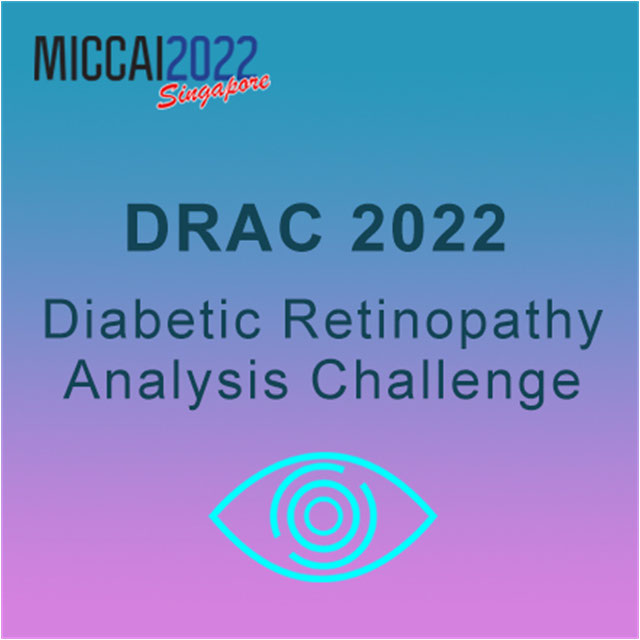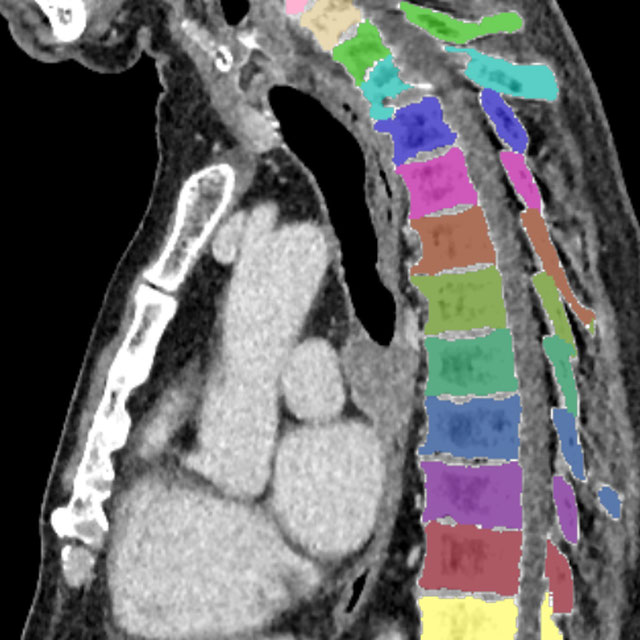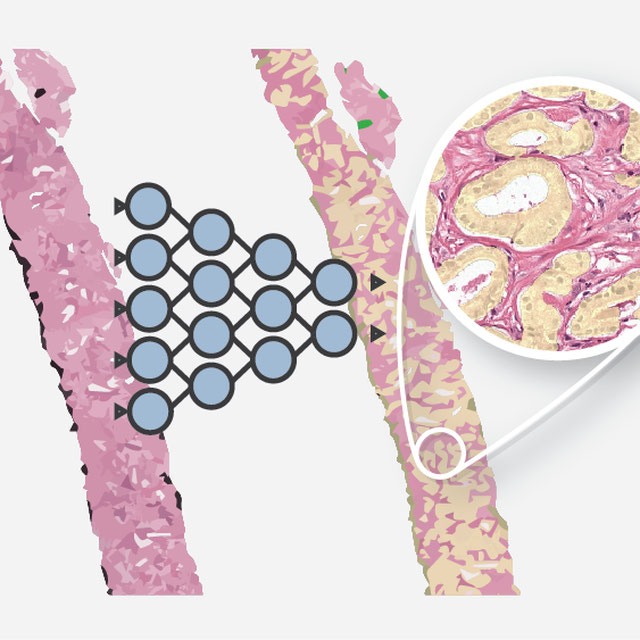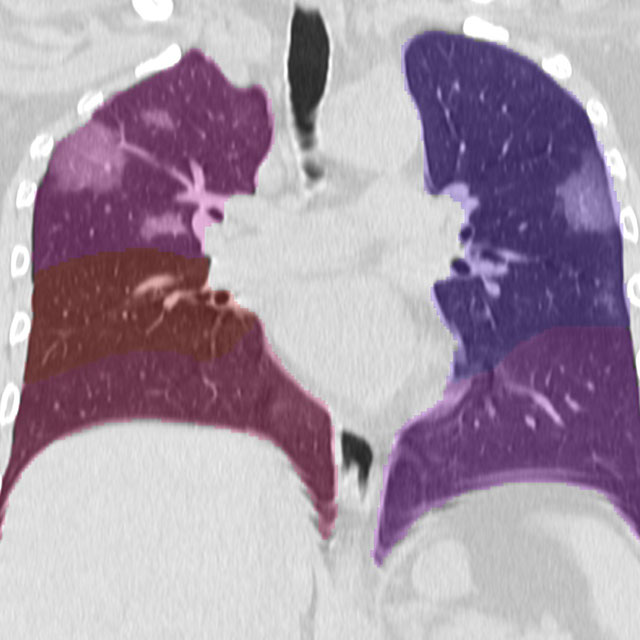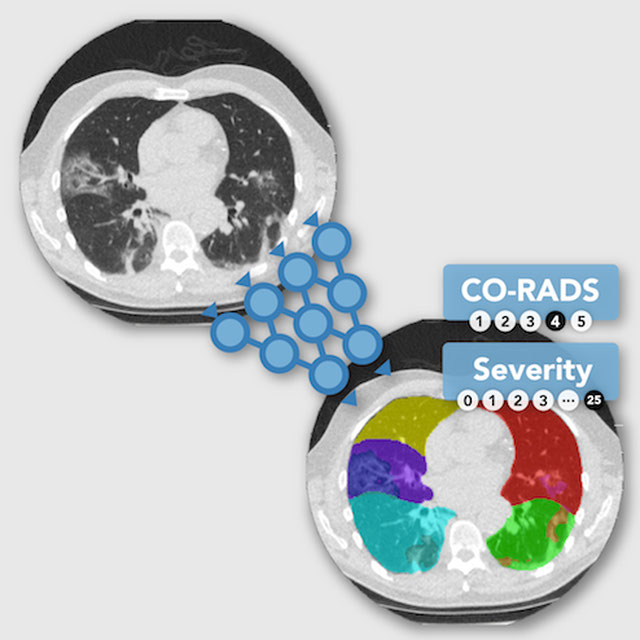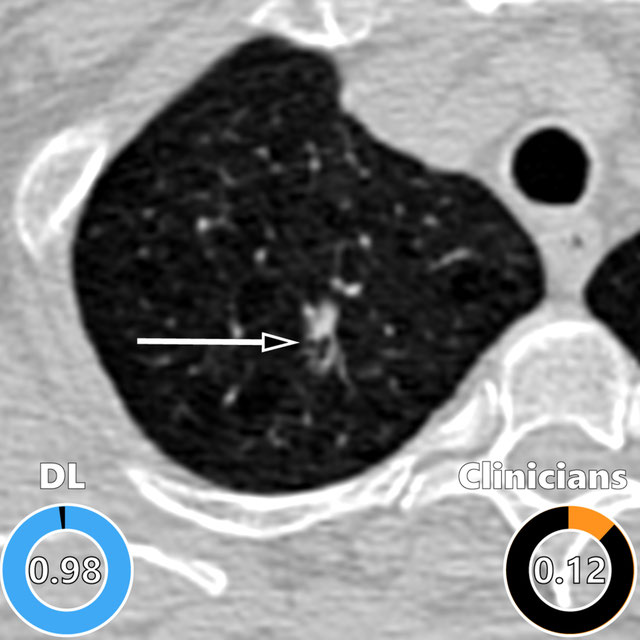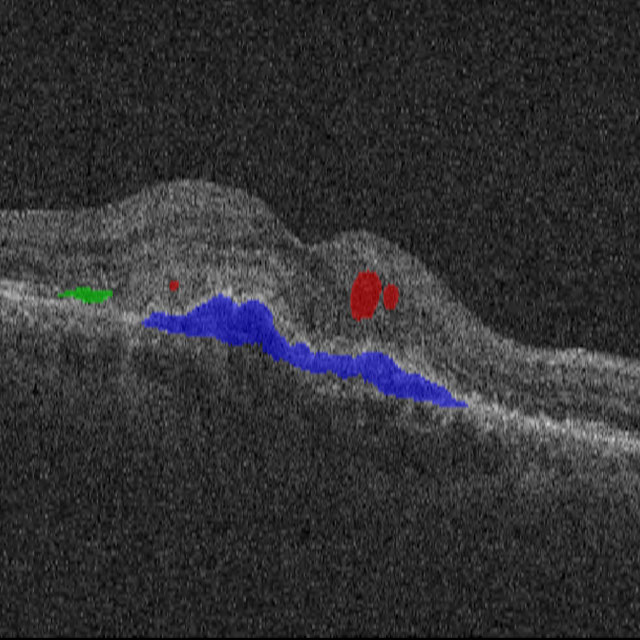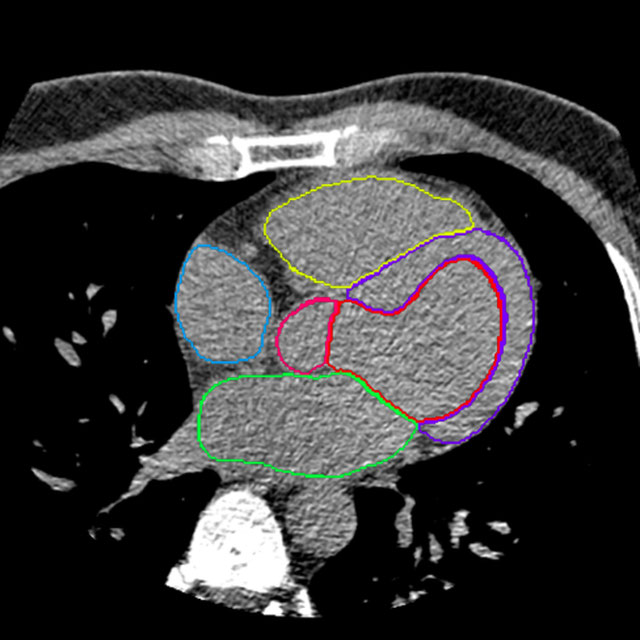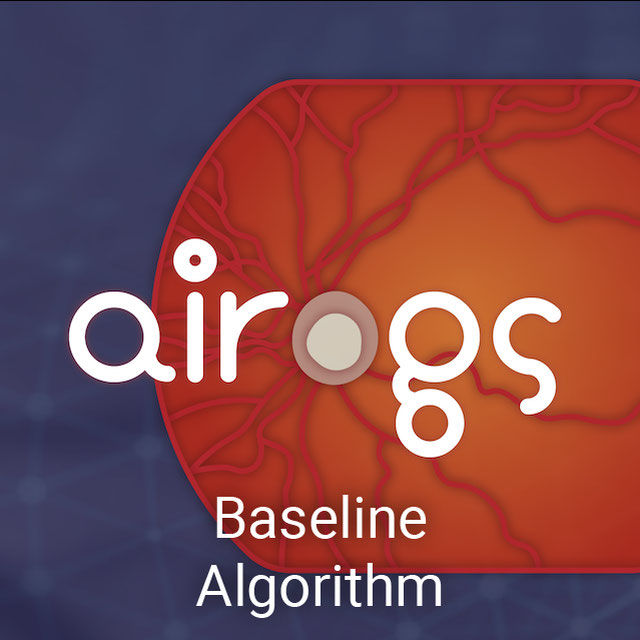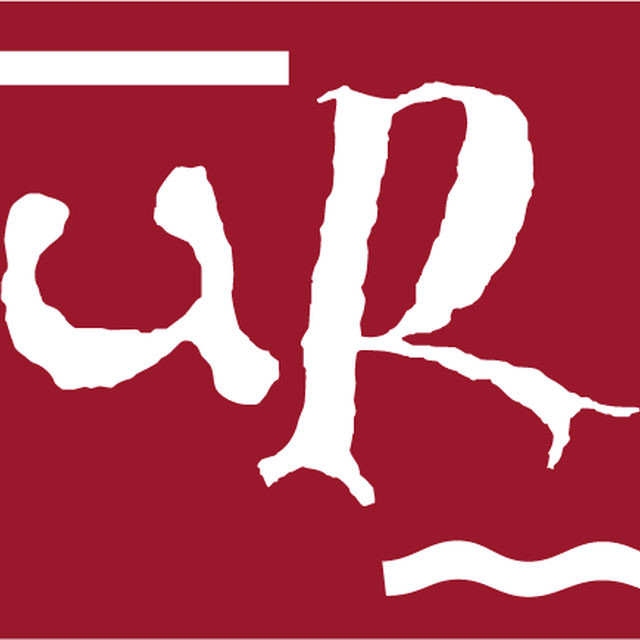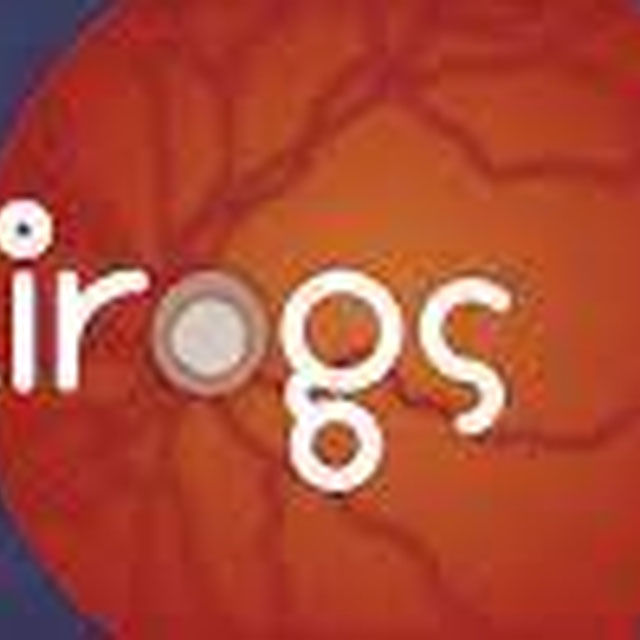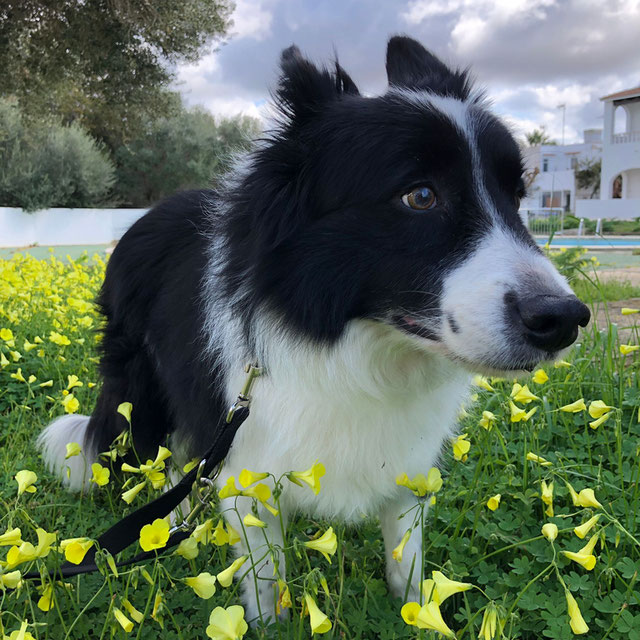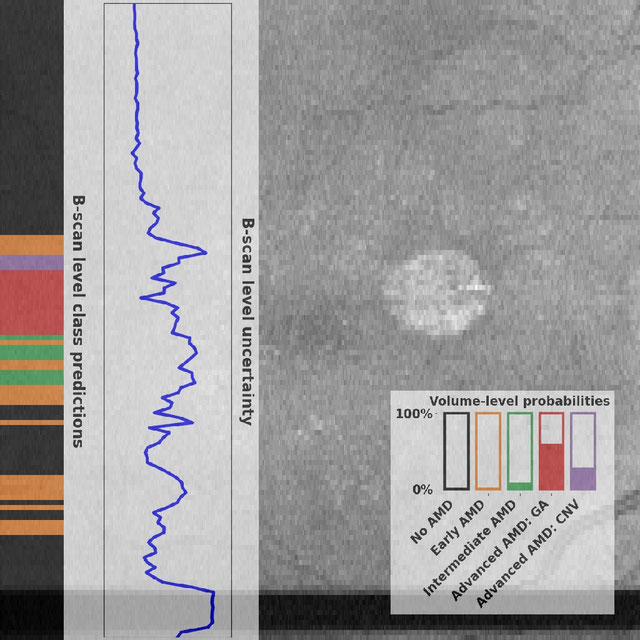Activity Overview
ROCC
Challenge UserRetinal OCT Classification Challenge (ROCC) is organized as a one day Challenge in conjunction with MVIP2017. The goal of this challenge is to call different automated algorithms that are able to detect DR disease from normal retina on a common dataset of OCT volumes, acquired with Topcon SD-OCT devices.
Whole-heart segmentation in non-contrast-enhanced CT
Algorithm EditorAlgorithm for the automatic segmentation of cardiac structures in non-contrast-enhanced CT images. The structures to be segmented are the left ventricular myocardium, left ventricular cavity, right ventricle, left atrium, right atrium, ascending aorta, and the pulmonary artery trunk until the first bifurcation. The underlying publication can be found under https://doi.org/10.1002/mp.14451
Age-related macular degeneration (AMD) Staging in Optical Coherence Tomography (OCT) with UBIX for Increased Reliability
Algorithm EditorDeep learning models for optical coherence tomography (OCT) classification often perform well on data from scanners that were also used during training. However, when these models are applied to data from different vendors, their performance tends to drop substantially. Artifacts that only occur within scans from specific scanners are major causes of this poor generalizability. We aimed to improve this generalizability of deep learning models for OCT classifi- cation. To reduce the effect of vendor-specific artifacts, we propose Uncertainty-Based Instance eXclusion (UBIX), of which we define a hard and a soft variant. UBIX aims to suppress the contributions of B-scans with unseen artifacts to the final OCT-level outputs. Suppression is based on out-of-distribution detection of B-scans, which are instances in our multiple instance learning approach.

